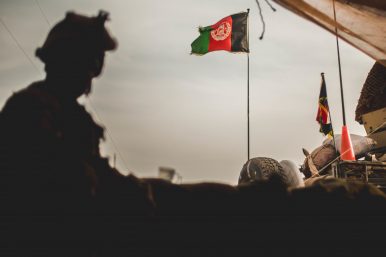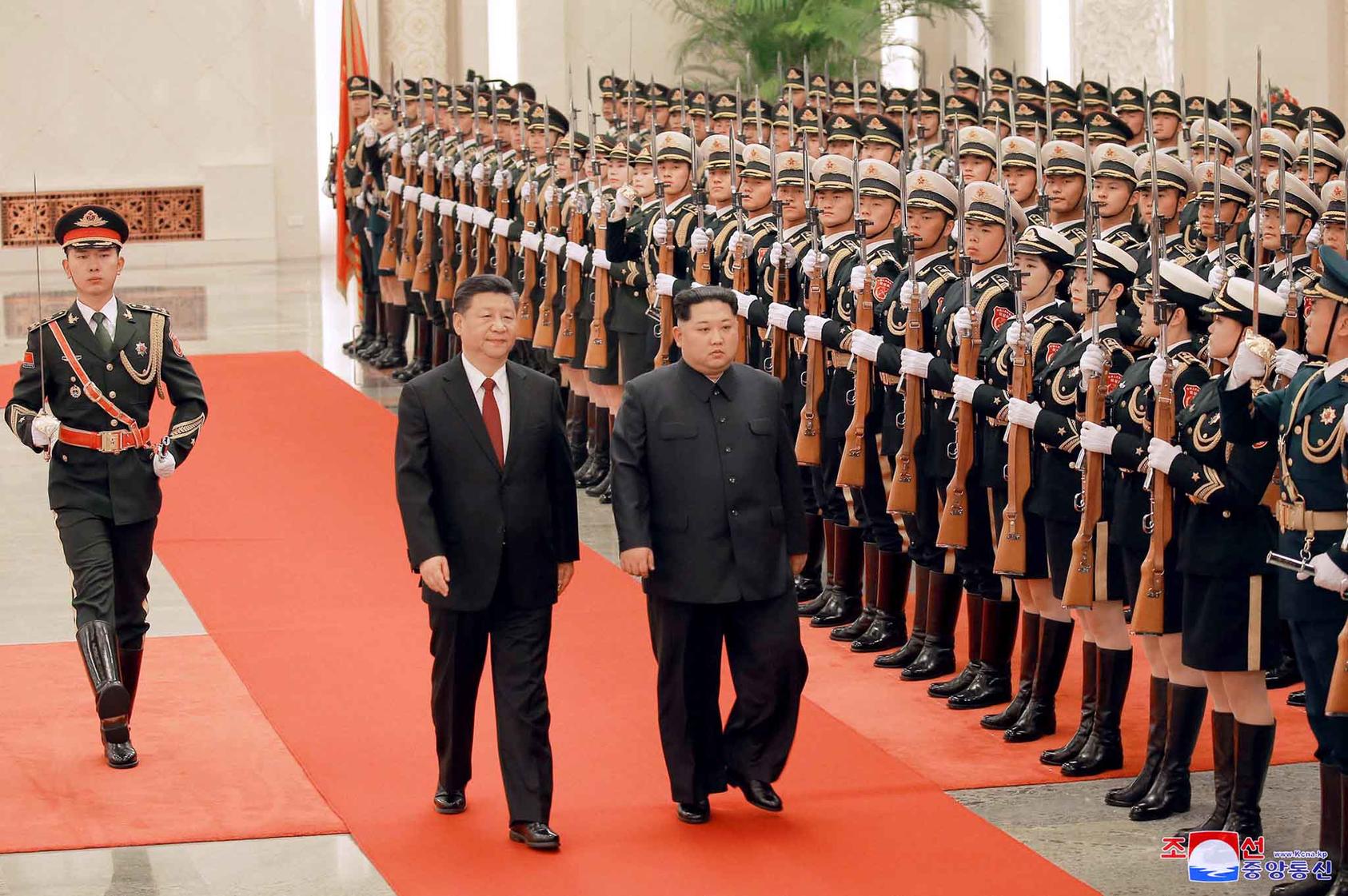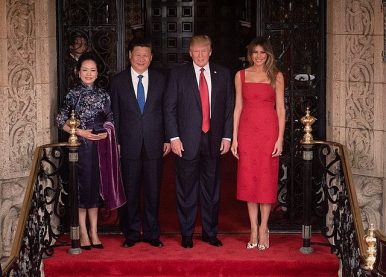by Ravi Sankar Varma Nadimpalli
 Recently, India hosted the heads of 23 nations and 10 ministerial representatives for the first International Solar Alliance (ISA) summit, which is expected to give a boost to India’s ambitions to lead global sustainable development. The Delhi summit was co-hosted by President Ram Nath Kovind and his French counterpart, President Emmanuel Macron. This is also the first time an international and inter-governmental organisation has set up its headquarters in India.
Recently, India hosted the heads of 23 nations and 10 ministerial representatives for the first International Solar Alliance (ISA) summit, which is expected to give a boost to India’s ambitions to lead global sustainable development. The Delhi summit was co-hosted by President Ram Nath Kovind and his French counterpart, President Emmanuel Macron. This is also the first time an international and inter-governmental organisation has set up its headquarters in India.
 Recently, India hosted the heads of 23 nations and 10 ministerial representatives for the first International Solar Alliance (ISA) summit, which is expected to give a boost to India’s ambitions to lead global sustainable development. The Delhi summit was co-hosted by President Ram Nath Kovind and his French counterpart, President Emmanuel Macron. This is also the first time an international and inter-governmental organisation has set up its headquarters in India.
Recently, India hosted the heads of 23 nations and 10 ministerial representatives for the first International Solar Alliance (ISA) summit, which is expected to give a boost to India’s ambitions to lead global sustainable development. The Delhi summit was co-hosted by President Ram Nath Kovind and his French counterpart, President Emmanuel Macron. This is also the first time an international and inter-governmental organisation has set up its headquarters in India.




/arc-anglerfish-arc2-prod-mco.s3.amazonaws.com/public/L2FIYX4KRBEA7F2BXF7E465Q6Y.jpg)












/arc-anglerfish-arc2-prod-mco.s3.amazonaws.com/public/TGU7ZM65KFHU7LZJA7OUFF5HY4.jpg)
/arc-anglerfish-arc2-prod-mco.s3.amazonaws.com/public/TQ5YZP6F75FC3HOWRNT75LBMGE.jpg)
/arc-anglerfish-arc2-prod-mco.s3.amazonaws.com/public/DQNJYCCQKVGRHG7N47XIJVSJBA.jpg)

